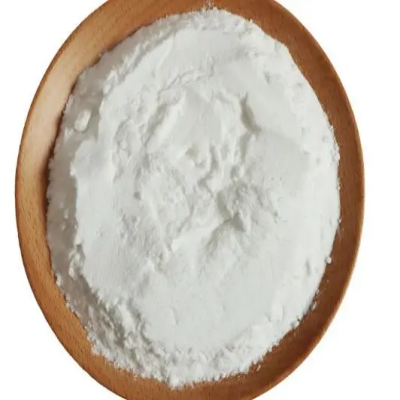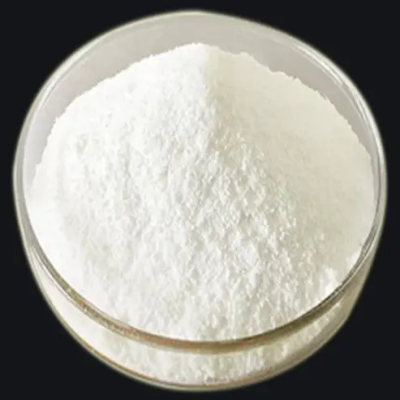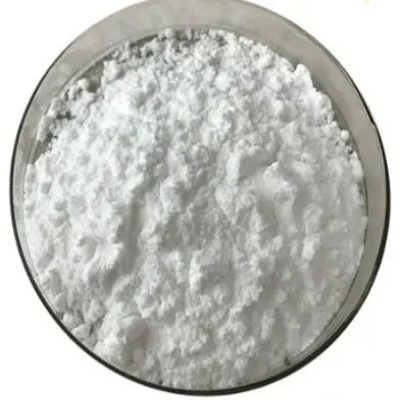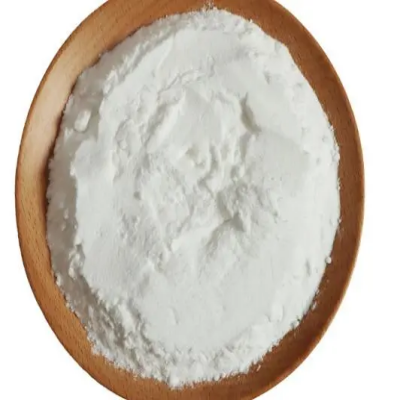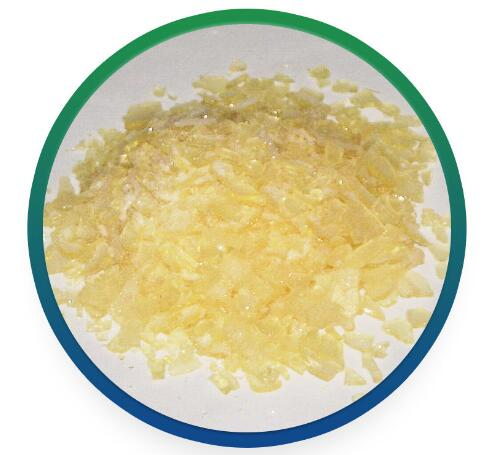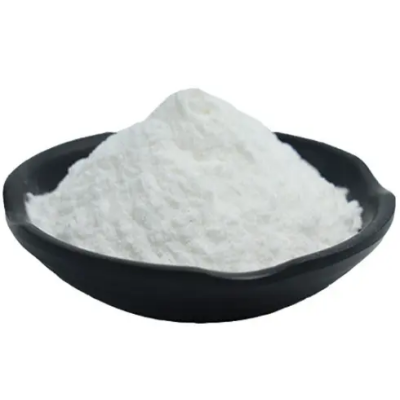S-(+)-Methyl-(2-chlorophenyl)[(2-(2-thienyl)amino] acetate hydrochloride CAS:141109-19-5
S-(+)-Methyl-(2-chlorophenyl)[(2-(2-thienyl)amino] acetate hydrochloride holds promise for therapeutic applications in multiple medical fields. As a potential drug candidate, this compound may exhibit various pharmacological activities that could be explored for treating different conditions. One possible application of S-(+)-Methyl-(2-chlorophenyl)[(2-(2-thienyl)amino] acetate hydrochloride is in the field of neuroscience, where it could be investigated for its potential as a central nervous system (CNS) agent. Its structural characteristics suggest the possibility of interactions with neurotransmitter receptors or ion channels, allowing for modulation of neuronal activity. This property could be significant in the development of novel treatments for neurological disorders such as neuropathic pain, epilepsy, or mood disorders. Furthermore, S-(+)-Methyl-(2-chlorophenyl)[(2-(2-thienyl)amino] acetate hydrochloride may find applications in oncology as a potential anticancer agent. Studies could explore its effects on cancer cell growth, proliferation, and metastasis, potentially identifying new pathways for targeting tumor cells and enhancing the efficacy of existing cancer therapies. The compound's ability to interact with specific molecular targets involved in cancer progression may open up avenues for personalized medicine approaches in oncology. Moreover, research into the anti-inflammatory properties of S-(+)-Methyl-(2-chlorophenyl)[(2-(2-thienyl)amino] acetate hydrochloride could reveal its potential for managing inflammatory diseases such as arthritis, inflammatory bowel disease, or autoimmune conditions. By modulating immune responses and inflammatory signaling pathways, the compound could offer therapeutic benefits in alleviating symptoms and reducing disease progression in patients with chronic inflammatory conditions. Overall, the versatility of S-(+)-Methyl-(2-chlorophenyl)[(2-(2-thienyl)amino] acetate hydrochloride as a molecule with diverse pharmacological properties underscores its potential as a valuable asset in drug discovery and development. By further elucidating its mechanisms of action and exploring its therapeutic potential in various disease settings, researchers can uncover new possibilities for addressing unmet medical needs and advancing treatment options for patients across different therapeutic areas.



| Composition | C15H17Cl2NO2S |
| Assay | 99% |
| Appearance | white powder |
| CAS No. | 141109-19-5 |
| Packing | Small and bulk |
| Shelf Life | 2 years |
| Storage | Store in cool and dry area |
| Certification | ISO. |


![S-(+)-Methyl-(2-chlorophenyl)[(2-(2-thienyl)amino] acetate hydrochloride CAS:141109-19-5 Featured Image](https://cdn.globalso.com/xindaobiotech/K@NIE7HBAEP6E7J7DS223.png)
![S-(+)-Methyl-(2-chlorophenyl)[(2-(2-thienyl)amino] acetate hydrochloride CAS:141109-19-5](https://cdn.globalso.com/xindaobiotech/K@NIE7HBAEP6E7J7DS223-300x300.png)
